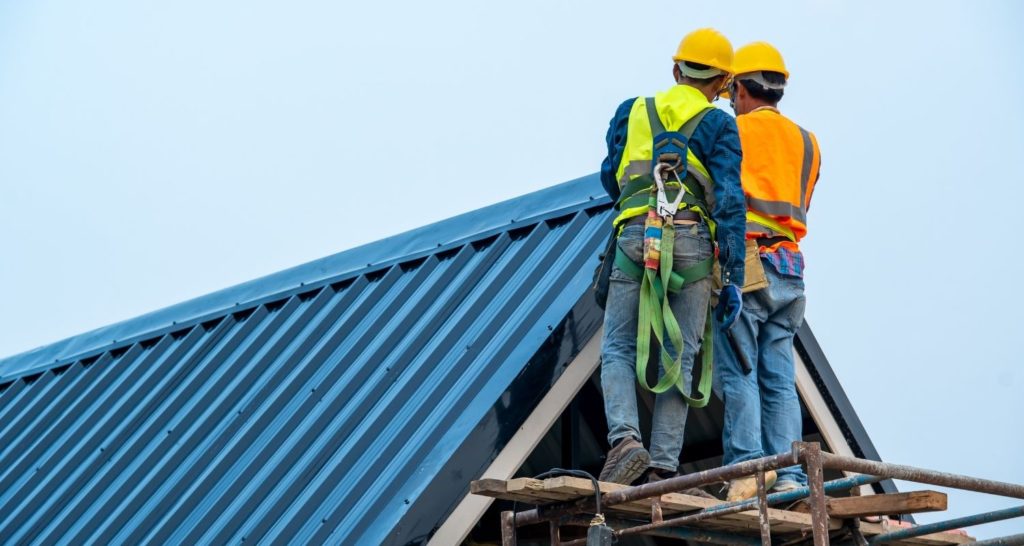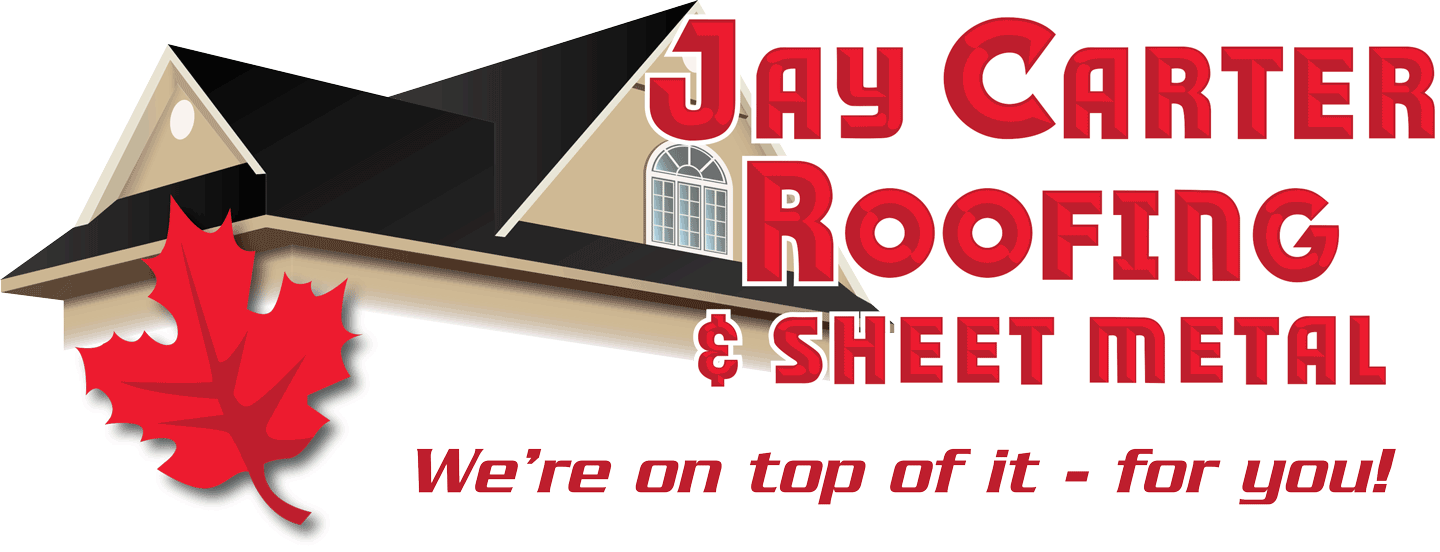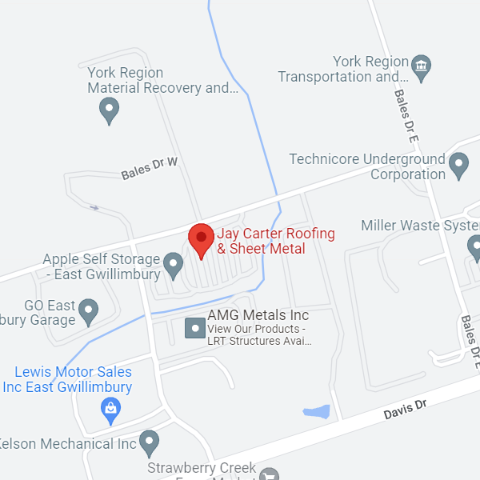When it comes to extensive commercial roofs, various aspects must be considered when deciding on the finest roofing materials for the structure. Experts believe metal roofing to be the most dependable material available most of the time, regardless of the geographic region in which the structure is situated.
What Makes Metal Roofing A Superior Commercial Roofing Material?
Years of study, testing, and real-world situations have revealed characteristics that enable metal roofing to exceed other materials in durability, value, safety, and usable life.
Although metal roofing demands a considerable initial expenditure, it is cost-effective for the rest of the roof’s life. Among the most notable of these advantages are higher home value and lower energy bills. A metal roofing system’s reflectivity also contributes considerably to the building’s energy efficiency and the financial benefits that come with it.
Architects originally employed copper in the third century B.C., and the Romans used it to cover the Pantheon in 27 B.C. Other metals, such as colour-coated steel and galvanized steel, were constructed long before copper became well-known.
Benefits of Metal Commercial Roofing
Longevity
Metal is one of the most durable roofing materials on the market today because of its lengthy lifespan. The average lifetime of a metal roof is between 50 and 70 years; however, some metal roofs may endure up to 100 years. St. Mary’s Cathedral at Hildesheim, Germany, completed in 1280, has a metal roofing system still in situ. Many Renaissance-era castles also have their original metal roofing systems.
Durability
Installing metal roofing on a building in an area prone to hail and strong winds is a smart move since it lowers the risk of damage. Another benefit of using metal roofing is that it doesn’t have to worry about problems like rotting or warping or mildew and algae development like other materials do. As a result of metal roofing’s durability, manufacturers often provide guarantees of at least 30 years, with some going as far as 50 years.
Energy efficiency
It is possible to save a large amount of money on monthly energy bills using metal roofing because of its reflectivity and thermal emittance. The energy efficiency of a building may be considerably improved by using solar-reflective paint and above-sheathing ventilation (ASV). Ten to twenty-five percent of cooling expenditures may be saved with a metal roof in the summer.
Environmental benefits
At the end of its useful life, roofing metal is completely recyclable since it’s created from recycled resources and recycled. In addition, a metal roof is ideal for installing solar panels.
Quick, discreet installation
Property owners frequently claim that a complete tear-off and rebuilding is not possible due to impacted company activities. It’s a good thing metal roofs are lightweight since they allow easy installation on top of an existing roofing system. This implies that the new metal roofing system can give metal’s lifespan, weather resistance, and energy efficiency with far less bother than previous roofing systems.
Fire-resistant
Lightning and wildfires can’t ignite metal, protecting the structure from these threats.
Weather protection
Metal roofing is very water-resistant, can sustain hurricane-force winds, and absorb lightning. It is also resistant to impact damage. In colder areas, snow can quickly melt and glide away, minimizing the additional weight of collected snow and pooled water.
Low maintenance
The initial cost of metal roofing may be higher than PVC/TPO or built-up roofs (BUR), but lower maintenance expenses will offset this over time. Metal roofs typically need periodic cleaning to remove any debris that might impede roof drainage. Inspections of metal roofs are just as important as those of other roofing materials, and they should be carried out at least once a year by a professional roofing contractor.
Aesthetics
This means that metal roofing may be changed to almost any desired aesthetic by changing the design, installation technique, and colour of the coating. Aside from mimicking the appearance of other kinds of traditional roofing materials such as slate or clay, metal roofing also doesn’t show any signs of age.
Options
Because of the variety of choices and modifications available, metal roofing has become popular. Metal roofs may be made from a variety of materials, including:
- Standing seam
- Aluminum is the metal (the most popular, lightweight, resists corrosion, lasts for a minimum of 30 years and is very reflective)
- Stainless steel
- A combination of aluminum, zinc, and silicon-coated steel
- Galvanized corrugated steel Sheet metal panels (which can be treated by a painted-on anti-corrosive agent in any number of colours)
- The metal copper (more expensive, but famous for its fantastic length of useful life)
Aside from having a variety of metal roofing options, there are other bespoke options available for a metal roof system, including:
- Panel Substrate – Steel, aluminum, and copper are the substrate options, with steel being the least costly and copper being the most expensive.
- Panel Thickness – The thickness of commercial roofing panels ranges from 29 gauge to 22 gauge (medium weight).
- Roofing System Fastener – Commercial metal roofing fasteners are classified into three types:
- Standing seam – interconnecting panels that do not need penetrating fasteners
- Exposed fastener – After installation, penetrating fasteners are evident
- Concealed fastener – After installation, penetrating fasteners are hidden.
- Roof Appearance – Color, panel type, finish, accessories, and other factors might combine to produce a unique look that complements the architecture or meets the aesthetic preferences of the building owner.
Special Considerations
While metal roofing is a cost-effective and energy-efficient option, there are a few possible drawbacks to consider:
Higher initial cost – A commercial roof replacement is an expensive investment in terms of both the initial cost and the disturbance to the company. On the other hand, metal roofs can typically be anticipated to last as long as the building itself, so you won’t have to deal with pricey roof replacements in the future.
In other words, your investment will be profitable. Metal’s long life and minimal maintenance costs will help you save money over time, and its energy efficiency will let you control your monthly heating and cooling bills better. An adequately built metal roofing system will protect your business structure from damage caused by water, wind, fire, and vermin, lowering the possibility of future expensive repairs.
Due to the large sheets, repairs can be time-consuming – The replacement of large metal roofing sheets or panels is fundamentally more complex than replacing individual tiles. However, various low-cost choices are available for metal roof repairs, such as painting and metal roof coatings.
Not suitable for flat roofs – If your roof is perfectly flat, a metal roofing system is probably not for you. Flat roof membranes come in various colours and maybe as reflective as metal roofing.


